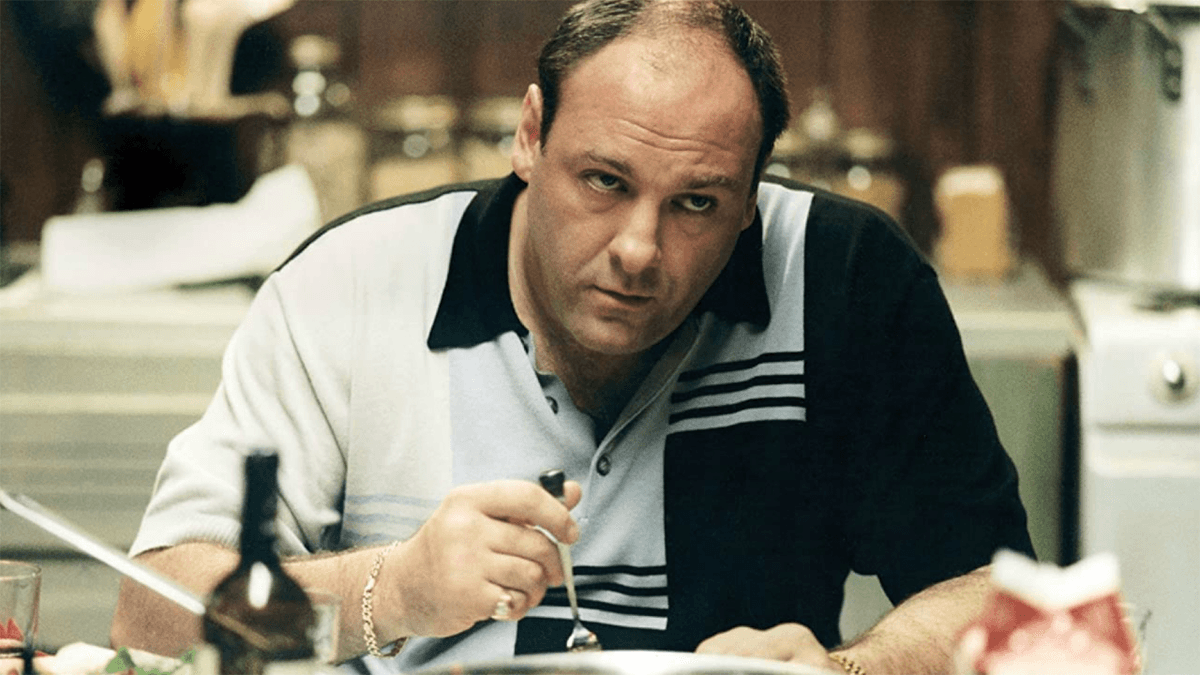Design as escape, art as destination: the visual path of Caio Matos
It wasn't in an art school, nor in a house full of cultural references that designer and art director Caio Matos took his first steps toward creativity. On the contrary: coming from a reality where art seemed something distant, he found in Photoshop - still a child, while visiting an aunt who worked in fashion - a tool that would connect him to the world he would go on to create. Drawing came first, as a pastime. But it was digital freedom, experimentation, and graphic possibilities that sparked the flame.
Today, even at a young age, Caio already signs major projects in the national music scene, such as 333, by Matuê, and visual collaborations for artists and collectives that drive the creative scene in São Paulo and throughout the country. His journey is marked by a silent and continuous search for belonging and expression: whether in the long processes of trial and error that shape his aesthetic, or in the courage to leave Ceará at 19 to venture into São Paulo, a city 400 times larger than his hometown.
At the same time as he avoids thinking too much about the future, Caio carries the awareness that his path can inspire others like him - young creatives who grow up far from the major centers and who might not see, at first glance, a viable place in the market. The sharp gaze that highlights him as an artist also serves as a guide for those still trying to find their own way.
We spoke with Matos about his beginnings in graphic design, his journey from the countryside of Ceará to a major city, and his collaborations. Check it out below:

1. How did your interest in graphic design arise, and when did you realize you wanted to pursue it as a career?
No one in my family or around me was very connected to music or art, so I don't know exactly where that came from. One of my aunts is a fashion designer, and I remember visiting her as a child and seeing her using Photoshop to create her projects - maybe that's linked to my enjoyment of this today.
Actually, I really liked to draw, just to pass the time or during classes at school. But I felt that I wasn't good enough at it to make something beautiful or that met my expectations, so I stopped drawing. Since I spent a lot of time at home, I ended up discovering Photoshop.
From then on, I began to develop more love for it. I realized that I enjoyed creating art, and by connecting the dots, I discovered that this was what I wanted to do with my life.

2. How does your creative process work and what elements or influences make it unique?
My creative process is actually quite simple. I generally receive a briefing and immerse myself in as many relevant references as possible related to what I need to execute. I open my programs and spend hours testing things. I also like to listen to everything from the artist I'm currently working with — it makes me feel more engaged with the project.
I have a lot of fun in the trial-and-error process, until I consider it's at the stage I envisioned. This can take a long time or be quick, but it highly depends on how comfortable I feel with the work.
Honestly, I don't think of my work as something unique; I just enjoy creating and producing things, whether they are beautiful, impactful, or just things. I believe there are many people doing something similar, but my execution and my perspective on visuals stand out, even if I don't pursue that directly.

3. Even at a young age, your talent stands out and is visible in the recognition you receive. How do you believe your journey and professional acting have inspired others who follow you or wish to pursue the same field?
I carry with me that if there's even one person who likes or is inspired by my work, that's enough for me to keep doing what I do. And I am happy to understand that as my work grows, I reach more people.
We, from the northeast, unfortunately suffer from a reality where, many times, we have low self-esteem regarding our dreams or goals — especially when they stray from what we typically see or experience. I think that, unfortunately, there are people like me in similar situations, who won't have the same opportunity due to a market that is still very centralized. There are many like me who will not be noticed, so I would be very happy to inspire another Caio Matos out there.

4. For you, what were the biggest challenges you encountered in transitioning from Ceará to São Paulo?
I think most of these challenges boil down to my age and my family, since I came here knowing very few people and clinging to a dream. Even though I had already gotten used to the idea, living alone at 19 in a city 400 times larger than mine scared me a bit.
In the first few months, I had to get used to a reality totally different from mine, and being away from my family made me sad many times. But it was very important for me to have made some connections, even from afar, to feel secure in moving to São Paulo — because it was these, and the others I made, that have kept me here to this day.

5. We know that even in Ceará you were already working with design. In your perception, what are the differences between living there and being present here in São Paulo and this proximity to artists and creatives?
Since I lived in my city, I was already aware that being far from where things happen meant my online presence had to be 10 times stronger to attract attention. Unlike being here, where I feel that just by being in certain places and participating in face-to-face work, you already start to be remembered. Personal presence and contact with certain people increase their confidence in your work, and so on.
And personally, for all the affection I have for where I lived, I also felt creatively trapped and limited. So, being around creative people who want to make things also inspires me a lot.

6. Among your works and projects, do you have a favorite? Or one that has marked you in some way?
All the work I've done is important to me in some way; I think I wouldn't be able to pinpoint an exact favorite. But the most remarkable experience, without a doubt, was the whole process of 333 by Matuê, because it was the first time I participated in an extensive project, with a large delivery and many tests.
Besides the context of having participated in the album design (I started hearing about it while I was still in school), I was able to imprint my aesthetic on the covers and graphic materials of the album, I met Leo (Leonardo Mendes), who taught me a lot, and whom I work with today, and I collaborated with many other people who are an important part of my life and career today.
I would also like to mention the M.A.D 2 project, which I collaborated on with my friend Caio Reis, and Maior Que o Tempo — two other projects that had very positive processes and meanings for me, and that opened many doors.

7. Is there any segment, niche, or collaboration that you still intend to carry out? If there is no specific one, what are your next steps for the future?
When I think of the word collaboration, many names come to mind, but I would certainly like to carry out a relevant international project in the near future — still within the music area.
Aside from that, I want to expand my work into more areas beyond images. Over time, I've discovered that I enjoy visually or creatively directing, but I know I still need more experience and to live through more projects to do that.
I never think too much about the future, but I will continue creating, continue living, and consuming things that inspire me. I think for me, the ideal is to always be involved in bigger and better things — and, above all, to be at peace with myself and my friends.

8. If you could give any advice to someone, what would you say?
If I could give one piece of advice, it might be for people not to settle for the obvious — especially if you're coming from a place like I did, whether from the Northeast or from a smaller region, outside the mainstream. I think that where I lived, trying to live off design — even if it's not something out of this world — was something courageous on my part, since people lived very much within what was accessible to them or was taught.
I don't even think I follow this 100%, but I realize that this idea applies to many things, even some pretty small ones. Whether it's going out for a different experience, trying new food, looking for references where no one sees them, or playing a song with 100 views… Sometimes this might not seem to step outside the obvious for everyone, but if it does for you, it counts.
I think we (myself included) often get too comfortable in what's easy, in what everyone already knows — and in doing so, we miss out on a lot.
See others like this





